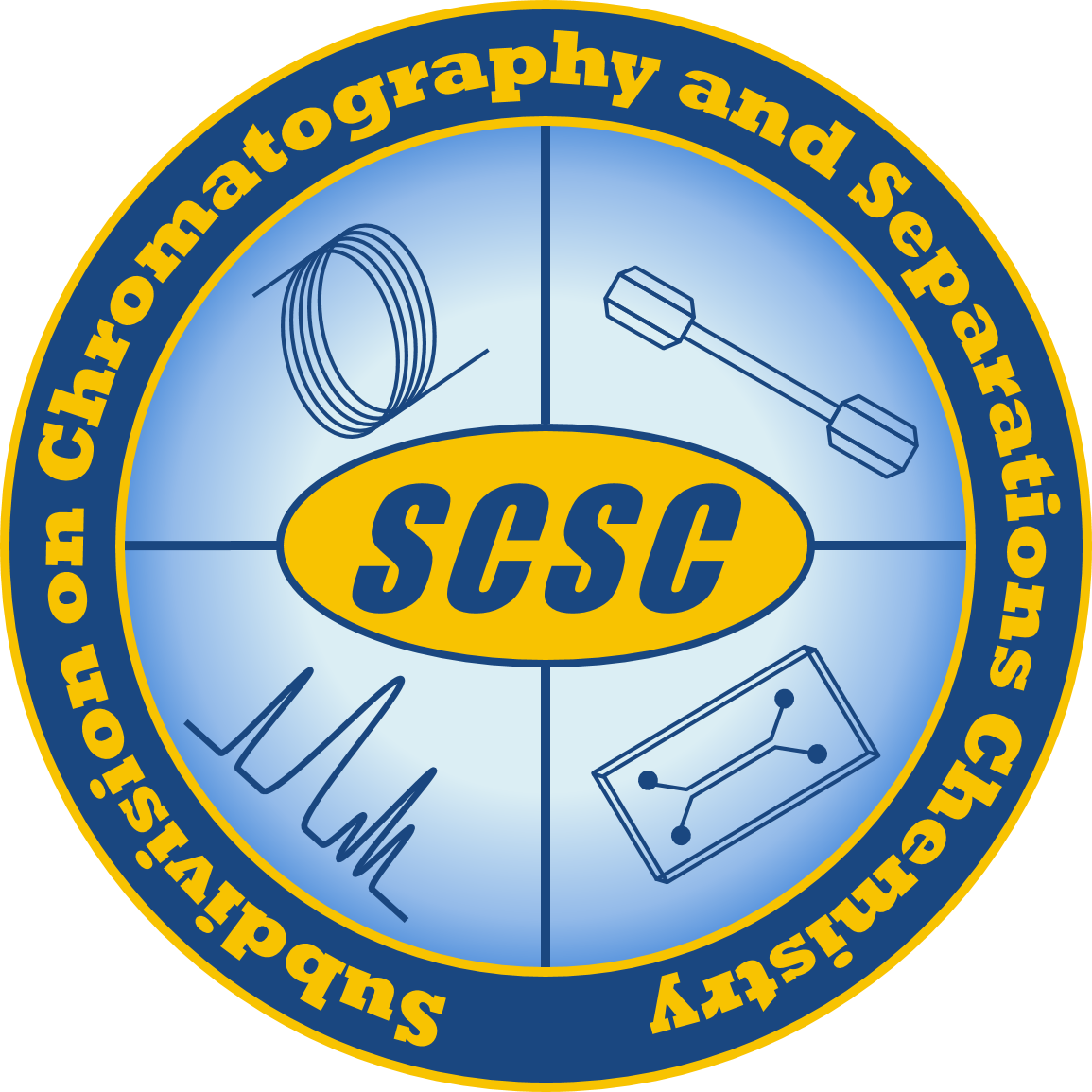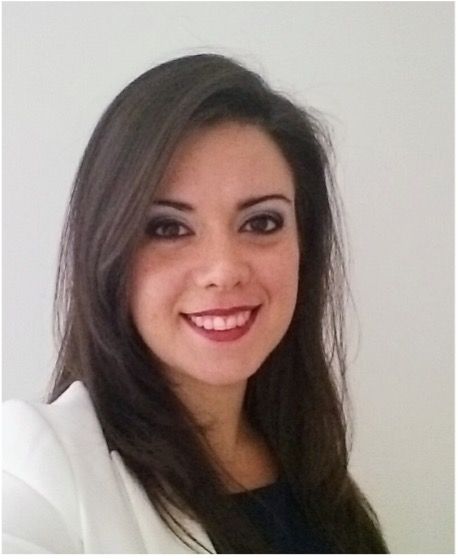The LCGC Blog: Mentorship in the Time of COVID-19: Finding the Silver Lining and Announcing ACS SCSC Initiatives

This blog is a collaboration between LCGC and the American Chemical Society Analytical Division Subdivision on Chromatography and Separations Chemistry.
An undeniable effect of the COVID-19 pandemic is that we have learned how to adapt (quickly) to sudden changes.
The educational services sector, in particular, had to develop new learning strategies that could replace in-person learning. Instructors also faced the challenge of having to suddenly teach and assess students’ learning in ways that were not the norm.
Mentorship has also drastically changed in academia, and I believe in other sectors as well.
Because of social distancing, the in-person mentoring experience was abruptly interrupted, and many mentees suddenly had to adapt to interacting with their mentors through a screen and a microphone. “Zoom fatigue,” a different meeting environment, “can you hear me?” “you are breaking up,” “my camera doesn’t work,” “how do I share my presentation?” are all new issues (and distractions) that have become part of mentor–mentee interactions. And even when in-person meetings are possible, mask-wearing has impacted mentors’ ability to gauge mentorship connections. It is much harder to read people’s emotions and to anticipate if there is stress, anxiety, nervousness, confusion, frustration, and so on, or later assess the level of each mentee’s enthusiasm and motivation.
The informal drop-in time in laboratories and occasional chats in the laboratory are sorely missed in most cases by both mentors and students, and often online meetings bring a detrimental sense of formality to the mentoring relationships since all meetings need to be on a “schedule.”
However, learning how to communicate through online meetings has also allowed us to explore many new mentorship opportunities we hadn’t thought of before and has made networking with people in different places and across time zones even easier.
One example that comes to mind is ACS Project SEED: This fantastic program provides mentorship for economically disadvantaged high school students by enhancing their research experience and facilitating their entry to higher education in science, technology, engineering, and math (STEM) fields. Before COVID-19, the program was exclusively in-person. Now, virtual projects are also available for students that are not situated in proximity to a Project SEED site!
In addition, other existing programs that enabled remote learning and support for an enhanced mentorship experience have gained attention and expanded their reach even more since the pandemic hit. This expansion has allowed so many mentors to engage their mentees during the difficult times of remote learning. In this context, I want to mention a very interesting program at The University of Toledo (my academic home) called S.C.O.P.E (Scientists Changing Our Pre-College Education). This program provides high-school teachers with resources that enhance the quality of the STEM educational curricula and exposes students to various scientific methods with a hands-on approach. Since the start of the COVID-19 pandemic, the program has enabled students not only to gain a unique remote learning experience but also access to advanced instrumentation such as scanning electron microscopes, confocal fluorescent light microscopes, and gas chromatography–mass spectrometry instruments. Initially, the program mainly focused on communities surrounding Toledo (Ohio); however, in 2020 and 2021 it has expanded to 15 U.S. states! Best of all, the program is absolutely free to any high school wishing to participate!
For education in the chemical sciences, an additional challenge was to reinvent and convert chemistry laboratories for remote learning. For analytical chemistry laboratories that rely on wet chemical methods and specialized equipment, this switch was not an easy task.
However, this challenge brought many innovative strategies to teaching experimental analytical chemistry. Let’s have a look at a few examples:
- Paper-based analytical devices (PAD) were designed for remote learning environments to achieve simple quantitative colorimetry without micropipettes: This approach allows instructors to choose any colorimetric reaction to be used with a proposed PAD format and to perform quantitative measurements based on images taken with smartphones or digital cameras (1).
- The Making Introductory Courses Real while Online (MICRO) laboratory project was developed to meet the need for analytical chemistry hands-on experiments to be delivered remotely or in a socially distanced in-person laboratory. The team has developed seven publicly available, inquiry-based experiments that use paper microfluidic devices. Small quantities of reagents can be safely embedded in paper, similar to pH paper or aquarium test strips, and sent through the mail to students (2).
- A method for at-home analysis of food dyes was developed to train students on basic concepts of analytical method development and calibration using a smart phone as a detector, and kitchen tools for sample preparation. This guided inquiry approach to learning is based on resources each student has available at home and thus requires inductive or discovery learning. In this way, the instructor serves as facilitator of student learning rather than disseminator (3).
In addition to the educational mentoring strategies described above, the scientific community has also found interesting ways to get together despite many conference cancellations. New enthusiastic groups were formed that provided online events to mitigate the feeling of isolation that many inevitably have had to embrace. Within the analytical chemistry realm, I want to mention Females in Mass Spectrometry (FeMS), which has done a spectacular job in forming a community that brings many scientists together with a series of engaging online events and mentorship programs. FeMS has really made a difference for so many scientists not only in the United States but all around the world.
Currently, I am fortunate to work with an amazing team in the ACS Analytical Subdivision for Chromatography and Separation Chemistry, and we look forward to providing service to our community and new mentorship opportunities for junior chromatographers and separation chemists.
I want to take this opportunity to share some events we are planning:
- Career transition talks: We want to provide the graduating class of undergraduate and graduate students in chromatography and separation chemistry with an opportunity to get noticed by potential employers in industry and academia. Are you a student and would like to participate? Are you a mentor and have a student that can benefit from this opportunity? Fill out the form to let us know!
- Virtual poster presentations from graduate and undergraduate students: Let’s bring together our community and get to know each other! Are you interested? Fill out this form to let us know.
- Virtual discussions with editors of separation journals for tips on successful manuscript submissions.
- Virtual discussions on the role of separations chemists in industrial development and innovation and engagement with industrial leaders to explore job opportunities for separation chemists.
Stay tuned for more information about these events that will be announced on the ACS SCSC website (acsanalytical.org/subdivisions/separations/), on our LinkedIn page (ACS SCSC (Subdivision of Chromatography & Separations Chemistry) and on Twitter (@AcsScsc).
And if you are looking for a mentor in the field of chemistry, don’t forget to check out all the opportunities that the American Chemical Society provides! (For more info click here.)
References
- T. Komatsu, R.R. Gabatino, H. Hofileña, M. Maeki, A. Ishida, H. Tani, and M. Tokeshi, J. Chem. Educ., 98(9), 3050–3054 (2021). https://doi.org/10.1021/acs.jchemed.1c00100
- R.M. Roller, S. Sumantakul, M. Tran, A. Van Wyk, J. Zinna, D.A. Donelson, S.G. Finnegan, G. Foley,O.R. Frechette, J. Gaetgens, J.Jiang, K.C. Rinaolo, R.S. Cole, M. Lieberman, V.T. Remcho, and K.A. Frederick, J. Chem. Educ., 98(6), 1946–1953 (2021). https://doi.org/10.1021/acs.jchemed.1c00214
- J.F. Destino and K. Cunningham, J. Chem. Educ., 97(9), 2960–2966 (2020) https://doi.org/10.1021/acs.jchemed.0c00604
Emanuela Gionfriddo

Emanuela Gionfriddo is an Assistant Professor of Chemistry in the Department of Chemistry and Biochemistry of The University of Toledo (Ohio). Research work in the Gionfriddo laboratory focuses on the development of advanced analytical separation tools for the analysis of complex biological and environmental matrices, with emphasis on alternative green sample preparation methodologies. Prof. Gionfriddo received her B.Sc. (2008) and M.Sc. (2010) in Chemistry and her Ph.D. in Analytical Chemistry (2013) at the University of Calabria (Italy). She joined Prof. Janusz Pawliszyn’s group at the University of Waterloo (Ontario, Canada) in 2014 as a post-doctoral fellow and manager of the gas chromatography section of the Industrially Focused Analytical Research Laboratory (InFAReL), and within three years became a Research Associate. She has authored more than 50 peer-reviewed contributions including a patent on PTFE-based SPME coatings. She is one of the founding members of the Dr. Nina McClelland Laboratory for Water Chemistry and Environmental Analysis at The University of Toledo, and she is an appointed member of the Ohio Attorney General Yost’s Environmental Council of Advisors. She also serves on the executive committee of the ACS Subdivision on Chromatography and Separations Chemistry. Her research program is currently funded by the National Oceanic and Atmospheric Administration and several industrial partnerships.

This blog is a collaboration between LCGC and the American Chemical Society Analytical Division Subdivision on Chromatography and Separations Chemistry (ACS AD SCSC). The goals of the subdivision include
- promoting chromatography and separations chemistry
- organizing and sponsoring symposia on topics of interest to separations chemists
- developing activities to promote the growth of separations science
- increasing the professional status and the contacts between separations scientists.
For more information about the subdivision, or to get involved, please visit https://acsanalytical.org/subdivisions/separations/.
Polysorbate Quantification and Degradation Analysis via LC and Charged Aerosol Detection
April 9th 2025Scientists from ThermoFisher Scientific published a review article in the Journal of Chromatography A that provided an overview of HPLC analysis using charged aerosol detection can help with polysorbate quantification.
Removing Double-Stranded RNA Impurities Using Chromatography
April 8th 2025Researchers from Agency for Science, Technology and Research in Singapore recently published a review article exploring how chromatography can be used to remove double-stranded RNA impurities during mRNA therapeutics production.
Troubleshooting Everywhere! An Assortment of Topics from Pittcon 2025
April 5th 2025In this installment of “LC Troubleshooting,” Dwight Stoll touches on highlights from Pittcon 2025 talks, as well as troubleshooting advice distilled from a lifetime of work in separation science by LCGC Award winner Christopher Pohl.


